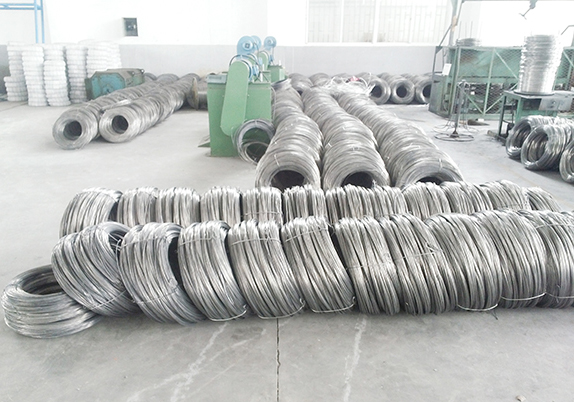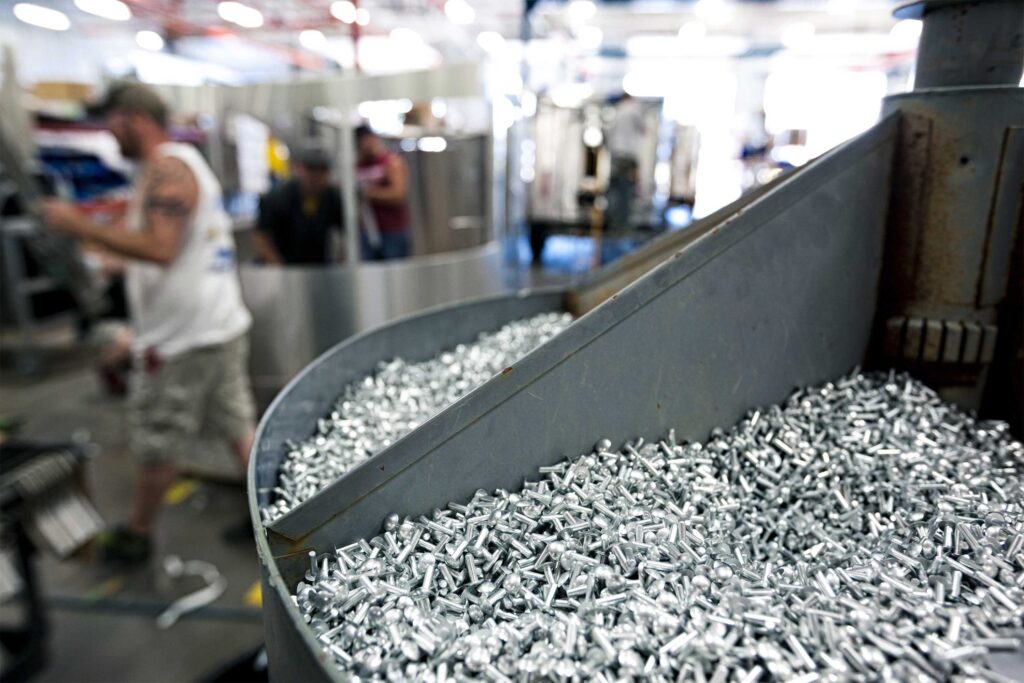The most commonly used aluminum solid rivets and semi-tubular rivets, along with their typical applications, are as follows:
Aluminum Solid Rivets
- Common Types: Solid aluminum rivets are often made from alloys like 1100 (soft, used for non-structural parts), 2017-T, 2024-T (higher strength, aerospace grade), 2117-T (field rivet, widely used, corrosion resistant), and 5056 (corrosion resistant, used with magnesium alloys). Head types include universal, round, flat, countersunk, and brazier heads.
- Uses:
- Aerospace structures are a major use, especially for aluminum alloy structures demanding strength and corrosion resistance.
- Repair work in aircraft and metal fabrication.
- Structural assemblies where permanent, high-strength joints are needed.
- Applications requiring rivets to be driven with a bucking bar with access to both sides of the material.
Aluminum Semi-Tubular Rivets
- Characteristics: These rivets feature a partial hollow or hole in the tip which reduces the force needed for installation. They require roughly 25-40% of the installation force compared to solid rivets.
- Common Head Styles: Oval, truss, and flat heads.
- Uses:
- Light fixtures, HVAC ducts, electronics, ladders, and brakes.
- Piercing and clinching malleable materials like leather, corrugated materials, plastic, rubber, and fabric.
- Automotive applications such as attaching interior panels, brake pads, and electrical components.
- Furniture production for attaching legs, upholstery, and hardware.
- Marine applications due to good corrosion resistance.
- Sheet metal fabrication for attaching brackets, panels, and trim where joints may require some movement or pivoting.
- Advantages: High-speed assembly, ease of inspection, adaptability to automation, and ability to clinch materials without pre-drilled holes.
Summary Table
| Rivet Type | Common Aluminum Alloys/Material | Key Applications | Key Advantages |
|---|---|---|---|
| Solid Aluminum Rivets | 1100, 2017-T, 2024-T, 2117-T, 5056 | Aerospace structures, aircraft repair, metal fabrication | High strength, permanent joints, variety of head styles |
| Semi-Tubular Rivets | Aluminum (various alloys) | Light fixtures, HVAC, electronics, automotive, furniture, marine, sheet metal | Lower installation force, good for soft/malleable materials, pivot joints |
In summary, aluminum solid rivets are favored where high strength and permanent fastening are needed, especially in aerospace and structural uses. Semi-tubular aluminum rivets are preferred for applications demanding quicker installation, some joint flexibility, and where materials are softer or require piercing and clinching, spanning automotive, electronics, HVAC, marine, and furniture sectors.


